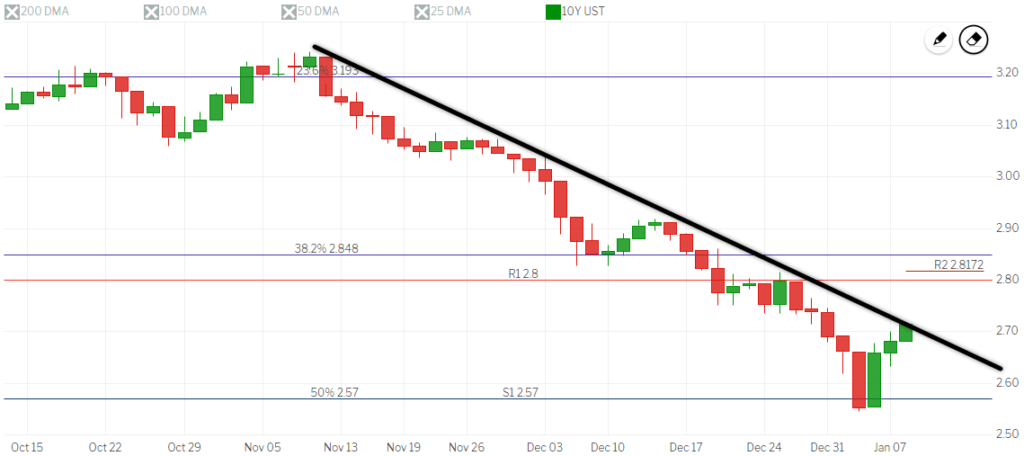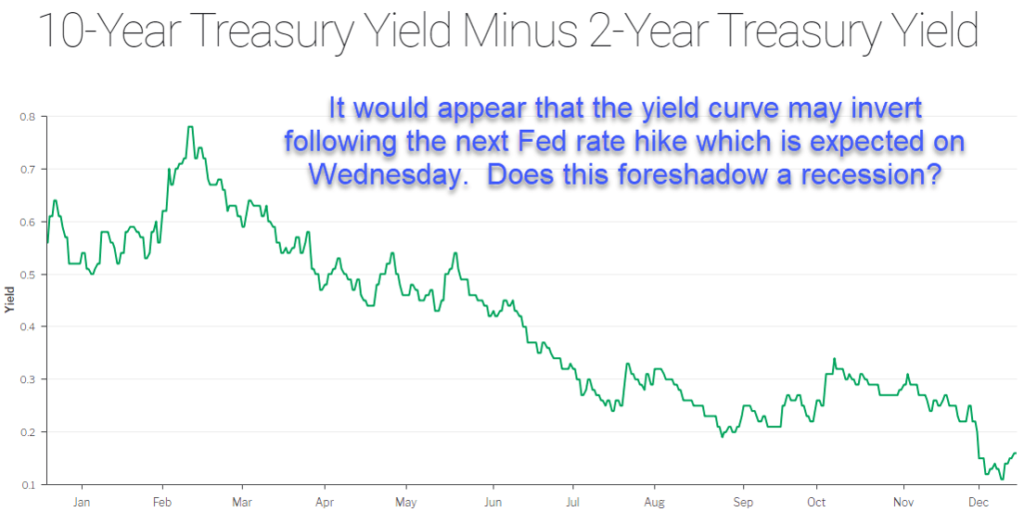Home Loan Rates
In the past 10 years there are only three times when mortgage rates have been lower than they are today. Interest rates continue to benefit from a “flight-to-safety” in reaction to the Coronvirus outbreak.
Virus in China
Over 4,500 cases of the Coronvirus have been reported in mainland China. There is still a lot of fear about the potential for the illness to spread and cause more severe health impacts around the globe. Thus far there have been less than 100 known cases of Coronvirus outside of mainland China.
Should the outbreak become more severe then we may see rates go even lower. However, if the virus appears to be contained then I would expect mortgage rates to increase slightly.
Stock Market
US stocks are off about 2% of recent highs which has pushed capital into “safer” havens including for mortgage-backed bonds which has helped drive mortgage rates lower.
Housing News
Earlier today the Case Shiller Home Price Index was released. The report showed that over the past 12 months home prices in the 20-city composite, of which Portland is included, increased by 2.6%.
Yesterday we got numbers for new home sales. Although the number of new home sales declined in December from the prior month, they were still up 10% for 2019. Given that there is still an acute shortage of housing in many of the major west coast metropolitan areas an increase in new home sales is welcome news.
The week ahead
It’s Fed week which means we’ll hear from the Chairman Powell on Wednesday. The Fed is not expected to change its tune regarding monetary policy but we always need to stand guard for changes to their wording.
Current Outlook: floating

